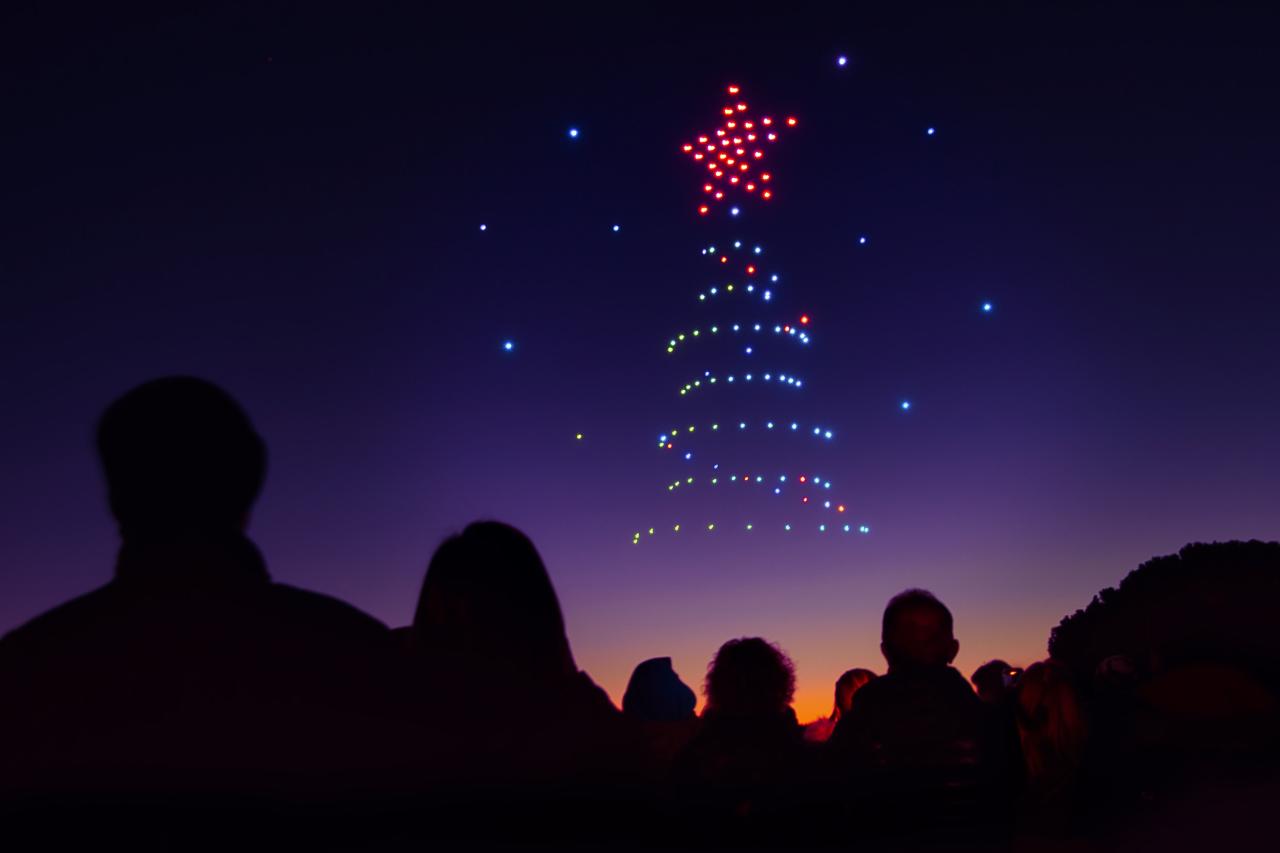Florida drone accidents present a compelling case study in the intersection of technological advancement and regulatory oversight. This exploration delves into the various facets of drone incidents within the Sunshine State, examining contributing factors, regulatory frameworks, and preventative measures. We will analyze the frequency and types of accidents, exploring the roles of both human error and environmental conditions in shaping the risk landscape.
Recent news reports on a Florida drone accident highlight the increasing concerns surrounding both civilian and military drone usage. The incident underscores the need for stricter regulations, especially considering the potential for misuse, as seen in events like the kazan drone attack , which showcased the destructive capabilities of even relatively small unmanned aerial vehicles. Ultimately, the Florida incident serves as a stark reminder of the safety and security implications associated with widespread drone adoption.
From the impact of severe weather events like hurricanes to the challenges posed by Florida’s unique geography, the discussion will encompass a broad range of influencing elements. Further investigation will cover the legal and practical consequences of drone accidents, highlighting the importance of responsible drone operation and adherence to safety protocols.
Recent news reports detail a concerning Florida drone accident, highlighting the increasing need for responsible drone operation. The incident underscores the importance of adhering to safety regulations, a stark contrast to the festive cheer associated with tracking Santa, whose location is often confirmed via the norad santa tracker phone number. Ultimately, both situations emphasize the significance of reliable information and careful planning to prevent mishaps.
Florida Drone Accidents: A Comprehensive Overview
Drone usage in Florida, a state boasting diverse landscapes and a thriving tourism industry, is rapidly increasing. This growth, however, brings with it a corresponding rise in drone-related incidents. Understanding the types of accidents, regulatory frameworks, environmental influences, and human factors involved is crucial for promoting safer drone operation within the state.
Types of Florida Drone Accidents

Drone accidents in Florida vary widely, influenced by factors ranging from pilot error to environmental conditions. Accidents involving recreational drones often stem from user inexperience, while commercial drone mishaps can be linked to operational pressures or equipment malfunction. Size and capabilities also play a role; larger, more powerful drones potentially cause more significant damage in an accident. Smaller drones, while posing less of a physical threat, can still lead to privacy violations or disruptions.
| Accident Type | Cause | Location (Florida Region) | Outcome |
|---|---|---|---|
| Collision with object | Pilot error (loss of visual contact) | South Florida | Minor drone damage |
| Loss of control | Mechanical failure (motor malfunction) | Central Florida | Drone lost at sea |
| Collision with person | Inadequate pre-flight checks | North Florida | Minor injuries |
| Property damage | Violation of airspace restrictions | Tampa Bay Area | Significant property damage, FAA investigation |
Regulatory Aspects of Drone Operation in Florida

The Federal Aviation Administration (FAA) regulates drone operation across the United States, including Florida. Compliance with these regulations is paramount to prevent accidents. Key aspects include registration, licensing for commercial operations, airspace restrictions, and operational limitations. Insurance plays a vital role in mitigating the financial consequences of accidents, protecting both the drone operator and affected third parties.
- FAA Regulations: Operators must adhere to weight restrictions, visual line-of-sight requirements, and restrictions on flying near airports or other sensitive areas.
- Violations Leading to Accidents: Flying beyond visual line of sight, ignoring airspace restrictions, and operating an unregistered drone are common violations that can lead to accidents.
- Insurance: Drone insurance is recommended for both recreational and commercial operators to cover liability and damages.
- Reporting Procedures: All drone accidents involving property damage or injury must be reported to the FAA.
Impact of Environmental Factors on Florida Drone Accidents

Florida’s unique environment presents specific challenges for drone operators. Severe weather, geographical features, and wildlife interactions all contribute to the risk of accidents.
- Weather Conditions: Hurricanes, thunderstorms, and strong winds can severely impact drone stability and control.
- Geographical Features: Proximity to water bodies and dense vegetation can lead to collisions or signal interference.
- Wildlife Encounters: Birds and other wildlife can collide with drones, causing damage or loss of control.
Human Factors in Florida Drone Accidents
Pilot error is a significant contributor to drone accidents. Lack of training, inadequate pre-flight checks, and poor judgment are frequent causes. Commercial pilots, facing operational pressures, may be more prone to risk-taking than recreational users. However, both groups benefit from thorough training and adherence to safety protocols.
Pre-flight Drone Inspection Checklist:
- Inspect drone for physical damage
- Check battery levels and charging status
- Verify GPS signal and satellite connection
- Confirm controller connectivity
- Review weather conditions and airspace restrictions
- Plan flight path and emergency procedures
Safety Measures and Preventative Strategies
Implementing robust safety measures is vital for minimizing drone accidents. This involves a combination of pilot training, technological advancements, and adherence to best practices.
Safe Drone Flight Plan near Populated Areas: A safe flight plan would involve pre-flight checks, selecting a location with minimal obstacles and away from crowds, maintaining visual line of sight, having a designated pilot observer, and establishing clear communication protocols. The plan would also include contingency plans for loss of control or unexpected weather changes, incorporating a designated landing zone.
Recent Florida drone accidents highlight the importance of responsible drone operation. Understanding the technology involved is crucial, and researching reputable manufacturers like those offering sky elements drones can help ensure safety and compliance. Ultimately, preventing future incidents in Florida requires a commitment to best practices and careful selection of equipment.
- Preventative Strategies: Comprehensive pilot training, regular equipment maintenance, and adherence to FAA regulations are essential.
- Best Practices: Always fly within visual line of sight, avoid flying in adverse weather, and be aware of surrounding environment.
- Technological Advancements: Obstacle avoidance systems and GPS-based flight planning software enhance safety.
Consequences of Florida Drone Accidents
The consequences of drone accidents can be significant, ranging from minor damage to severe injury or substantial legal repercussions. The severity depends on factors such as the type of accident, the location, and the extent of damage or injury.
- Legal Ramifications: Accidents can lead to fines, lawsuits, and even criminal charges if negligence is involved.
- Property Damage: Collisions can cause significant damage to property, including buildings, vehicles, and infrastructure.
- Personal Injury: Drone crashes can result in injuries ranging from minor cuts to severe trauma.
- Environmental Consequences: Drone crashes can disrupt wildlife habitats and ecosystems.
Understanding the dynamics of Florida drone accidents is crucial for fostering a safer airspace and mitigating potential risks. By analyzing contributing factors, regulatory compliance, and effective safety measures, we can collectively work towards minimizing incidents and promoting responsible drone use. The information presented underscores the need for ongoing education, robust regulations, and technological advancements to navigate the complexities of drone operation in dynamic environments like Florida.
FAQ Resource: Florida Drone Accident
What is the FAA’s role in Florida drone accidents?
The FAA establishes and enforces regulations for drone operation nationwide, including Florida. They investigate accidents, issue fines for violations, and work to improve drone safety standards.
Can I recover damages from a drone accident caused by another person?
Potentially, yes. If another party’s negligence caused the accident, you may be able to pursue legal action to recover damages for property damage, injury, or other losses. Consulting with a legal professional is recommended.
What type of insurance is necessary for drone operation in Florida?
The insurance requirements vary depending on whether the drone is used recreationally or commercially. Commercial operators generally require liability insurance to cover potential damages or injuries. Recreational users may consider liability insurance as well.
How do I report a drone accident in Florida?
Report the incident to the FAA and local authorities, particularly if it involves property damage or injury. Documentation of the accident, including photos and witness statements, is important.
